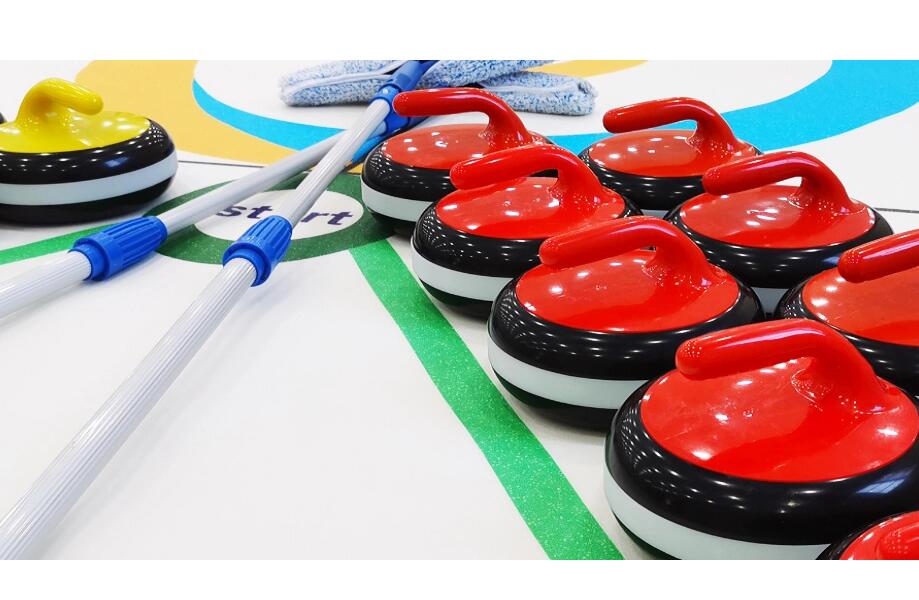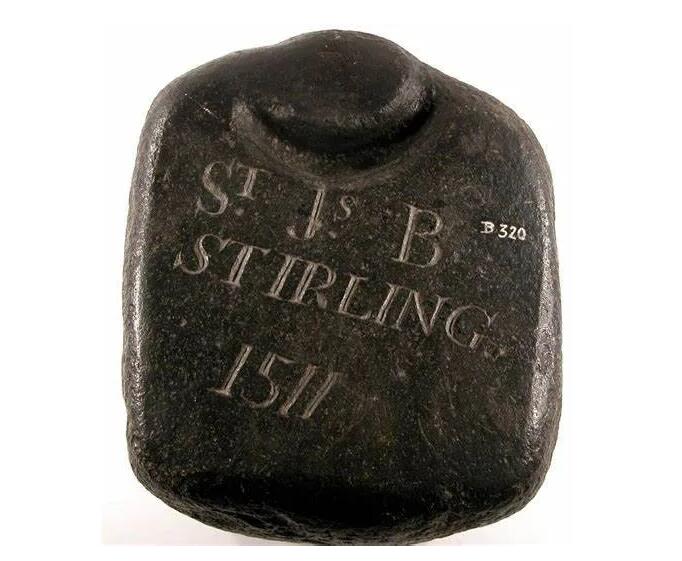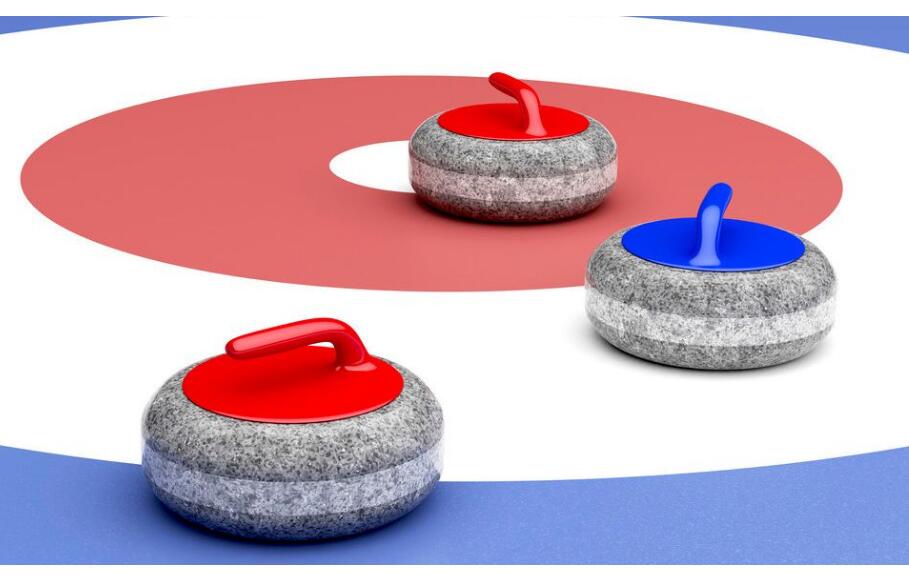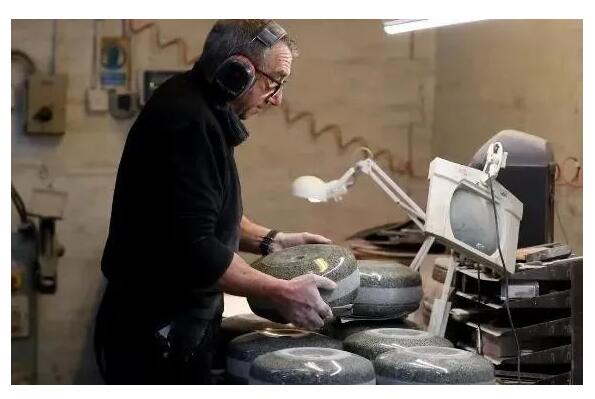How the stone curling come?
The Beijing Winter Olympics is in full swing, and everyone's enthusiasm for ice and snow sports is constantly ignited. Known as "chess on ice", curling has attracted more and more people's attention. Because of its interest, it is gradually loved and concerned by everyone, and self-made curling imitation shows are also frequent on the Internet.
As stone people, we can see at a glance that this curler is actually made of stone. However, this stone curler is very valuable. One curler costs 12000, and a set of curlers (16) is imported into China, which is nearly 200000, which makes people lose their chin.

Is there anything special about that curler? It's so expensive? There are many kinds of stone materials and stone factories in our country. Can't we produce curlers? Do we have to spend so much money to import?
Today, let's talk about the history of curling and the material of curling.
Some people believe that curling originated in Scotland. In Scotland, the records of curling can be traced back to the early 16th century, which is the oldest written record known at present. In addition, Bryan, Scotland, found the world's earliest kind of curling - the grinding stone. The grinding trace of this grinding stone is obvious and the shape is square. On one side, there is a groove equivalent to the function of the handle of modern curling, weighing about 26 pounds, which is half of that of modern curling. Most importantly, the name of the owner and the year 1511 are engraved on the stone.

In 1716, Scotland established the world's earliest Curling Club, and Scots were also the earliest makers of curling competition rules. It has also become the main source of stone materials for curling used in the Winter Olympic Games.
As you may know from watching the curling competition, you can't keep the curling in the center of the camp without the collision between the curling. If you want to win the game, you need to make your team's curlers closer to the center of the camp than others. Each team can "squeeze" each other's curlers through multiple collisions to occupy the position closest to the center of the circle.

In the low temperature environment, even stones may crack after multiple collisions. Therefore, curlers in international competitions are made of a unique mica free stone.
The world recognized high-quality curling stones are produced on Ailsa Craig island in Scotland and North Wales respectively. The quality of curling stones produced on Ailsa Craig island is the best, accounting for 60% - 70% of the total. Huge columnar joints can be seen in the rocks on the island. The impact resistance of the curler made of mica free stone here is three times that of ordinary granite. This kind of stone is a transitional rock between granite and syenite. Compared with granite, its quartz content is lower, while the contents of K, Na and other elements are higher. The main mineral in this kind of rock is alkaline feldspar, and the content of plagioclase is very low or does not contain plagioclase.


Curling, can't we make it by ourselves in China?
Although Chinese curling started late, the development of curling has been carried out for a long time. Hu Lanping tried to use domestic stones to develop curling in 1999. After comparing the properties of various domestic granite rocks, she chose the red granite produced in Yagou, Heilongjiang Province. This kind of rock has the characteristics of low mica content, hard texture, high density, fine and strong impact resistance.
The research sample was completed at the end of December 1999. In January 2000, many collision and slip experiments were carried out in the outdoor ice rink of Harbin Institute of physical education. The Asian competition team composed of Harbin Institute of physical education carried out a comparative experiment in Harbin Feichi ice hockey stadium with the curler presented by Canada. The experimental results show that this curler has basically reached the performance of foreign curlers, Its cost price is only 1 / 10 of that of foreign countries.
In addition, there is also a kind of granite without mica in China, which is called white granite. This kind of rock is widely distributed in China, and is abundant in Heilongjiang, Jilin, Guangxi and other places. In view of the unique raw materials of curling in China, a patent proposed a new style of making curling from China's Granite in 2005. The proportion of granite stones in the South and north of China is larger than that of Scottish stones, but the hardness and impact resistance are basically the same as that of Scottish stones. Therefore, setting granite curlers as an internal hollow structure with inner holes and connecting holes can make their performance close to that of foreign curlers.
Therefore, China is not without materials or technology. Just like the heated topic of "China cannot produce ball point pen refills" a few years ago, a furnace of pen refills made by steel mills is almost enough for the whole world. Curling is a niche area, and buying a set is basically a lifetime. I believe that if there is market demand, our Chinese stone enterprises want to produce, and the price can be reduced by 100 times.
In addition, curling is a sport with a long history. The curling stones produced in Scotland are not only of good quality, but also carry the historical and cultural meaning of the sport. The use of alternative materials not only faces the quality requirements of the material itself, but also faces the ultimate test accepted by the curling industry.
At present, because of the monopoly of curling production, there are only three curling companies in the world. Among them, case company of Scotland has the exclusive mining right of curling stone in El sackregg island. Curling stone industry company of Canada is the only company in the world that can produce curling with Trevor granite in North Wales, while Thompson company of the United States uses special curling manufacturing and renovation technology to produce curling that meets the requirements of the competition.
